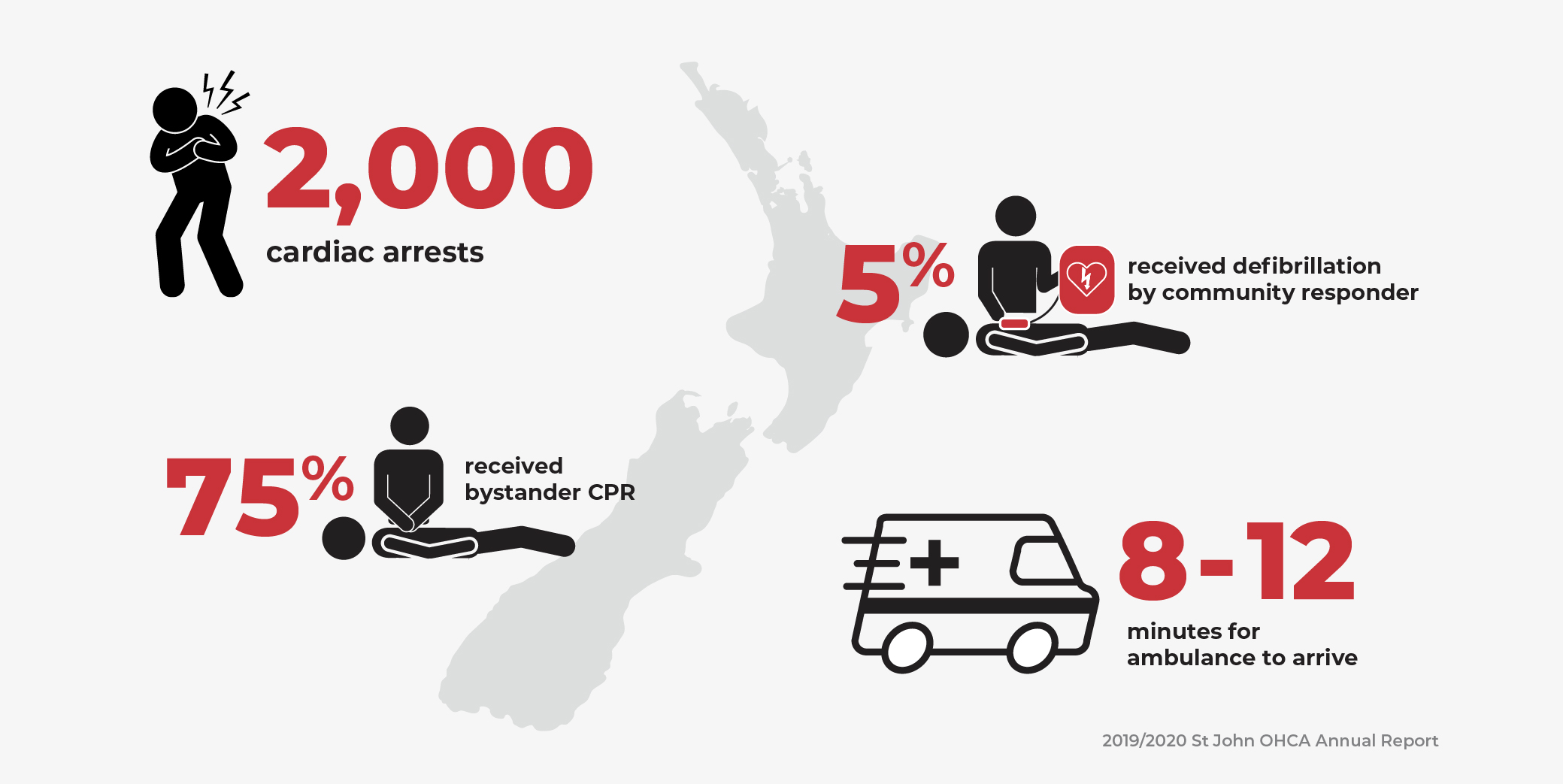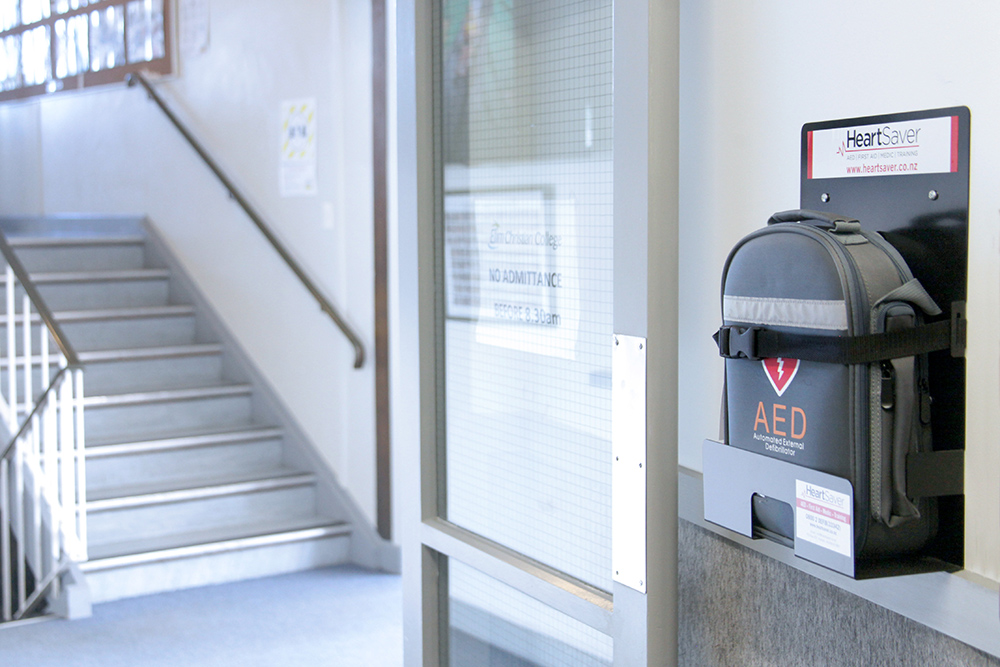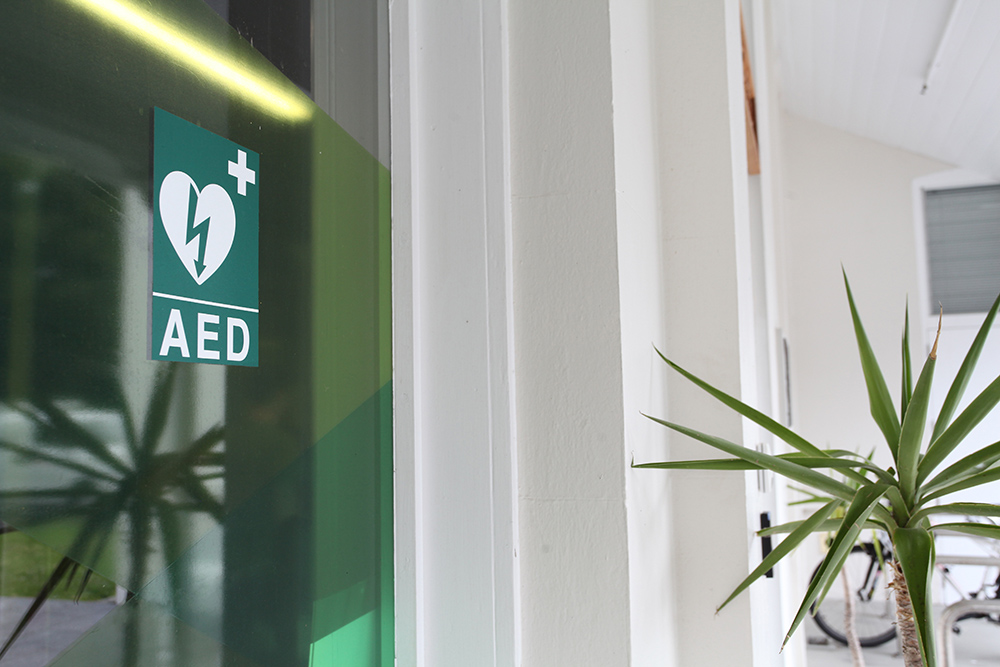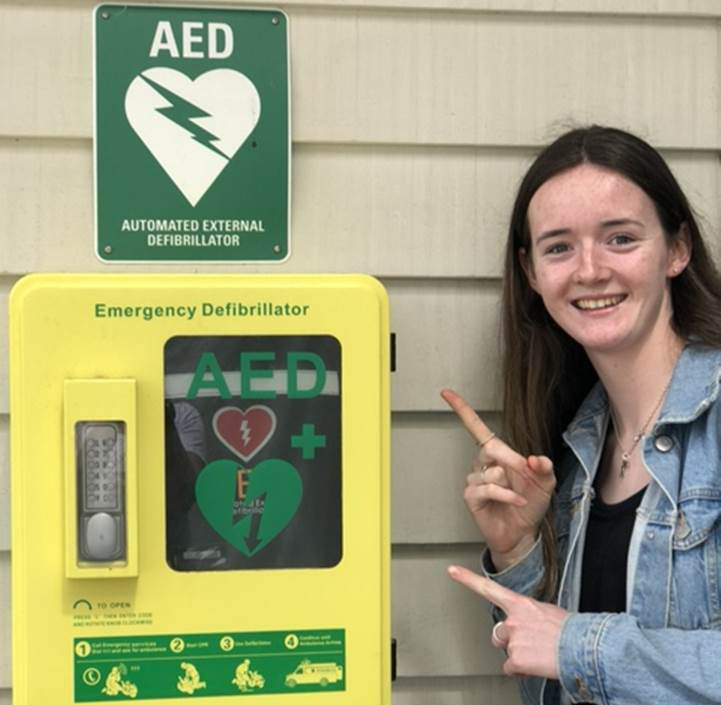Knowing the location of your nearest AED can save lives
by Heart Saver NZ
Make it as easy as possible for emergency responders to find and use your defibrillator. Here are some important considerations when installing your AED.
Make it as easy as possible for emergency responders to find and use your defibrillator. Here are some important considerations when installing your AED.
Early defibrillation is the single most important determinant of survival. Knowing where an AED is located could mean the difference between life and death.
For the best chance of survival, an AED should be located no more than a 4-minute round trip away from the patient.

It's true that more AEDs are needed in communities around New Zealand – particularly in rural areas. But surprisingly, however, we’ve also heard of a number of cardiac arrests occurring within reach of usable AEDs, but they were never used. Responders didn't know they were there. Make it as easy as possible for responders to find and use your AED.

Place your AED in a central, easily accessible location. Every minute a defibrillator is not used the patient’s rate of survival decreases by 10%.
Place your AED where people will see it. The adage “Out of sight, out of mind” is accurate in this case. Hallways, entrances and or other high-traffic areas (e.g. next to elevators or stairwells) are far better than hidden cupboards or desk drawers.
Indoors or outdoors? Ideally, an AED should be placed in a cabinet outdoors that can be accessed 24/7 so it’s available to the public.

AED Storage Signage: Make your AED highly visible. Internationally recognised green signage highlights your AED's location.
Building or window signage: Communicate to building occupants and visitors that there is an AED on your premises.
Multi-story building? Consistency is key. Signage should ideally be posted on every floor to direct people to the AED’s location. Place signs near elevators or stairwells. Consider using signage with directional arrows to guide a responder to the AED without having to stop to ask for directions.

Make sure your staff and/or community know where your AED is located. Keep people updated if this information changes. Don’t be afraid that you’re over-communicating. Repetition is key for helping retain information over time.
Register your AED on the "AED Locations" website. Register your AED here to help others in your community find your AED. You can also download the free app. The site provides detailed information on the location and hours of availability.